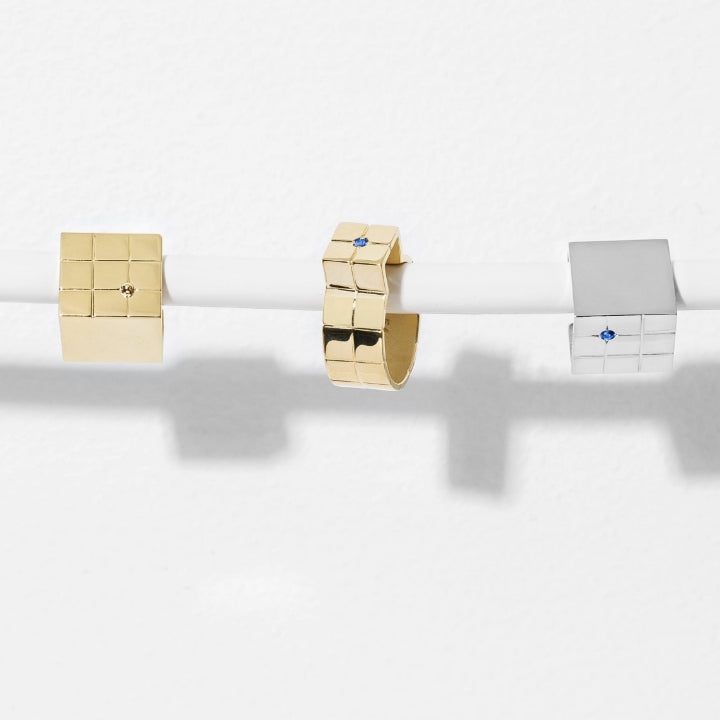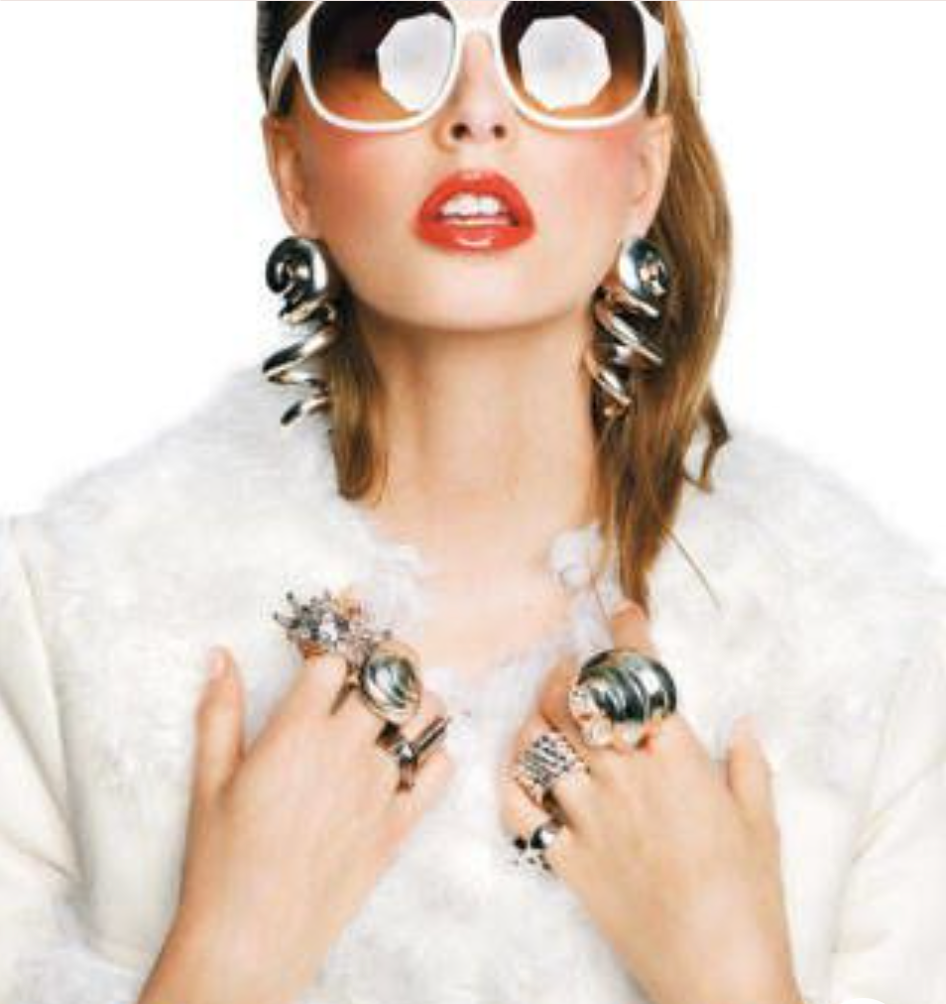Do you want to understand what jewelry plating means?
In this article, we will try to reveal to you the secrets of jewelry plating, also known as electroplating. We will discuss the different names, possible shades, thicknesses and qualities present on the jewelry market so that you can unravel the mysteries of the composition of your jewelry.

The magic of chemistry
Electroplating is a technique which consists of covering the surface of a piece of jewelry or metal object with a layer of precious metal. It offers a multitude of possibilities to enhance our everyday objects and add a touch of elegance to our environment.
The process is based on the principle of electrolysis. The object is immersed in several successive baths of electrolyte, a conductive solution containing precious metal ions. A source of electrical current is then applied to the object, thus creating a chemical reaction which will attract the metal ions to the surface of the object until the desired layer of precious material is obtained. This layer adheres firmly to the object and gives it incomparable shine and durability.

(Electrolysis baths)
Names and colors offered
There are several types of plating made from precious metals such as Gold, Palladium, Rhodium, Ruthenium, Silver and others.... In this article, we will discuss the different platings used at BAU: Gold, Silver and Palladium plating.
“Gilding”
We speak of gilding when the jewel is coated with a layer of gold which gives it a remarkable shine. Depending on the desired shade, pure yellow gold will be combined with another metal, which will allow its color to be slightly modified. For example, to obtain pink gold we will add a few copper particles which will bring a pink touch to the jewel.
At BAU, we have chosen to offer you the best by offering you Vermeil jewelry. This means that the main metal is precious silver and this is covered with a thick layer of pure gold of 5 microns.

Palladium plating
Palladium is a naturally silvery precious metal, very resistant to corrosion and oxidation.
At BAU, we have chosen to use Palladium to protect and enhance our silver jewelry. A choice which allows us to meet our requirements in terms of quality, and which provides a modern and vibrant color which contrasts with the silver color that we are used to seeing.

“Money”
Silver plating consists of depositing a layer of pure silver on the jewelry. This technique, mainly used on non-precious metals, is also practiced in jewelry to ensure the protection of silver jewelry. This also protects them from premature oxidation. We have not yet used silver plating to plate our jewelry, but it is the choice we will turn to to offer you a new silver color!
However, we remind you that whatever the jewelry, silver is a metal subject to oxidation, it is essential to take care of it even with a protective layer.
Name and associated thicknesses
You have certainly already heard the terms “flash gilding”, “gilded with fine gold” or “gold plated”, but do you know what that really means?
First of all, you should know that the thickness and alloy of the gold used to plate the jewelry determine their quality and durability. The greater the thickness of gold, the higher the quality of the jewelry.
Flash gilding: less than 0.5 microns of gold
This technique consists of applying a very thin layer of gold on a base of less precious metal. This tiny golden layer wears away quickly, revealing the underlying metal. Jewelry flashed with gold is generally inexpensive, but its shine and durability over time suffer.
Fine gold gilding: less than 3 microns
The name “gilded with fine gold” is attributed to jewelry whose gold layer is less than 3 microns (mostly between 0.3 and 1 micron). Jewelry gilded with fine gold is more resistant to wear and retains its shine longer than jewelry flashed with gold. However, the quality remains modest.
Gold plated: greater than 3 microns
In France, the “gold plated” designation is subject to legislation which requires a minimum gold layer of 3 microns. Legally, a so-called “gold-plated” piece of jewelry must bear a guaranteed hallmark bearing the initials of the manufacturer or gilder.
Generally practiced on non-precious metals, it is possible to find this type of plating on silver.
With a plating greater than 3 microns, “gold-plated” jewelry will offer you a quality piece of jewelry with a good level of resistance to time.
Vermeil: greater than 5 microns
Considered the highest quality in gold finish, vermeil is a silver alloy coated with a thick layer of gold. This technique offers exceptional quality, with incomparable shine and wear resistance. Just like the name “gold plated”, the name “vermeil” is regulated by the placement of a hallmark on the jewelry.
At BAU, the choice of vermeil was obvious , meeting our expectations of quality and optimal durability of our pieces. We are proud to offer architectural jewelry to wear that combines the beauty of Gold with the preciousness of Silver. Pieces that will accompany you throughout your life!

The quality of the gilding also lies in the type of gold applied
The gilding of your jewelry also depends on the type of gold applied to it. We recommend that you read our article on “alloys and their regulations” to understand in more detail the composition found in 24 carat, 18 carat, 14 carat and 9 carat gold plating. The less gold there is in the plating, the lower the quality of the gilding will be.
At BAU, we have chosen pure 24k gold plating to offer you optimal quality that lasts.
Point of vigilance
In France, regulations prohibit the use of nickel, lead, and other metals dangerous to health, but certain countries, particularly in Asia, do not automatically respect the same standards. We recommend that you find out about the origin of your jewelry and opt for jewelry with the best plating standards.
To conclude, we strongly recommend that you read the composition details of the jewelry before placing an order. This will allow you to:
— Know the quality of the product you are purchasing.
— Know where and in what condition the product was manufactured.
We hope that these few lines will enlighten you in choosing your next jewelry. Do not hesitate to go and see our architectural pieces to wear, now you will be able to understand for yourself that we have chosen to offer you the best quality, made nearby, by talented jewelry artisans.


